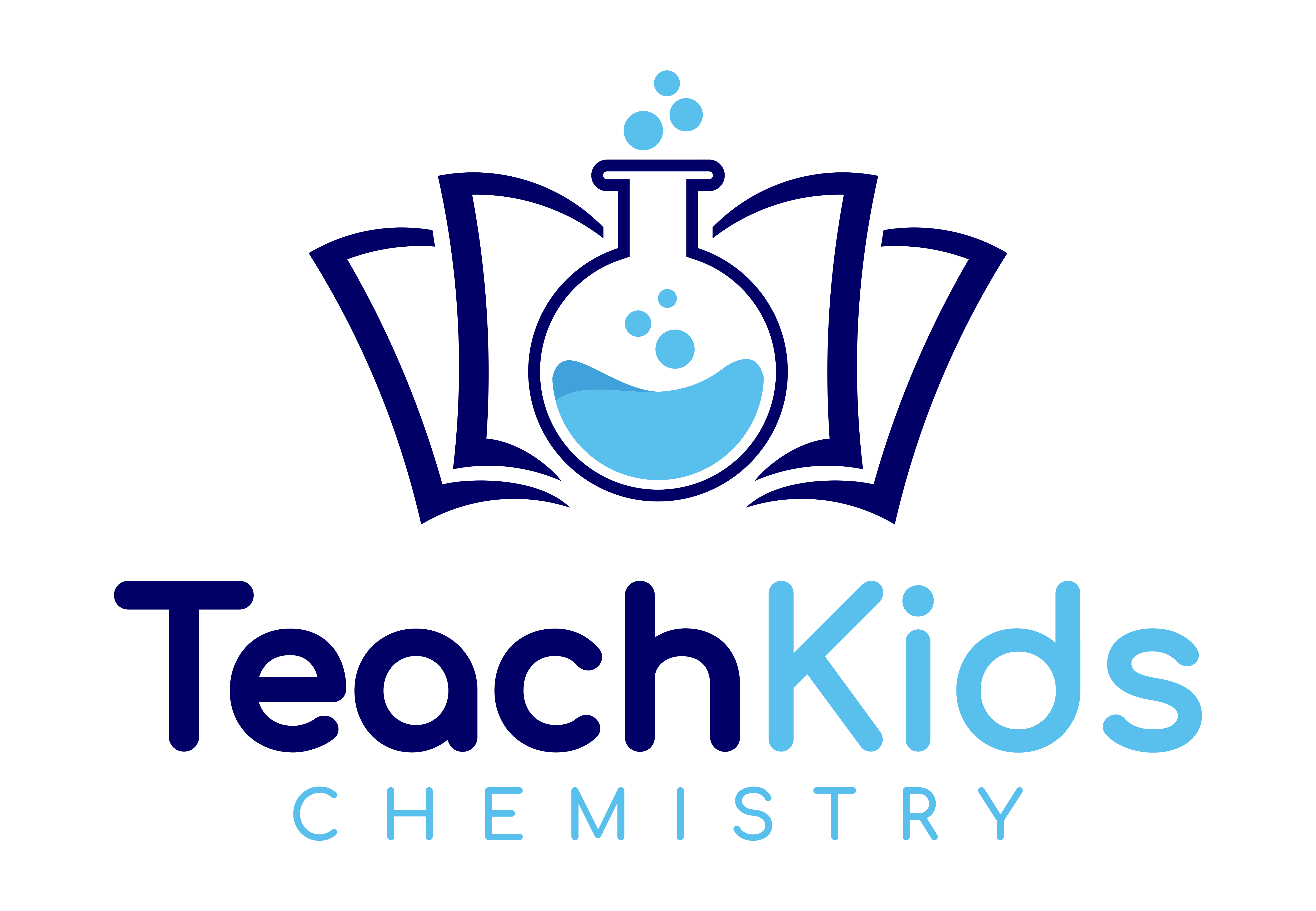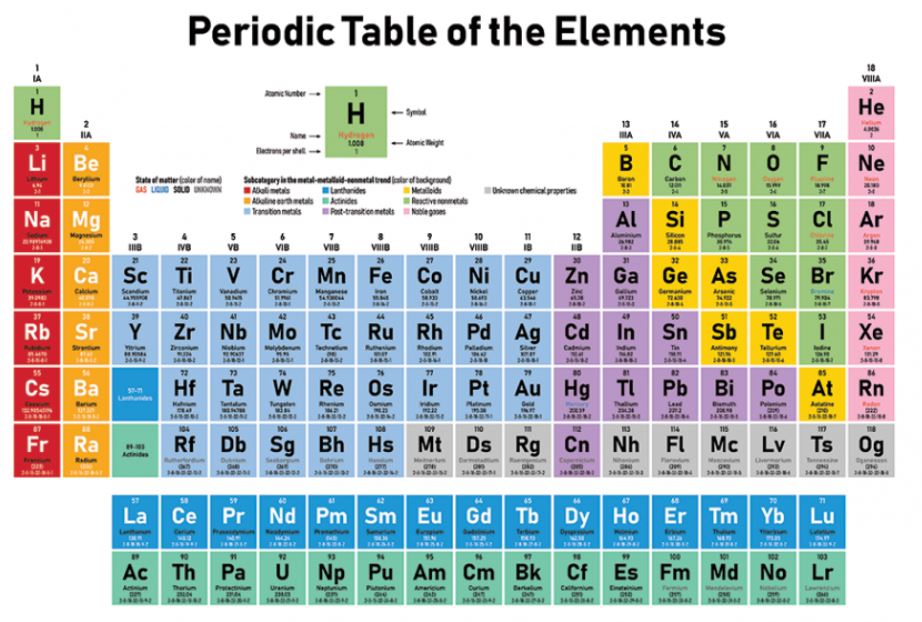Hello and welcome to Teach Kids Chemistry! Today, we will be discussing the fascinating element known as hassium. Hassium is a synthetic element that was first synthesized in 1984 and is named after the German state of Hesse. It is a highly radioactive element and is not found naturally on Earth. Despite its rarity, hassium has important applications in nuclear research and can teach us a lot about the properties of elements in the periodic table. So, let’s dive in and learn more about this intriguing element!
The Periodic Element Hassium Overview
Hassium is a synthetic element with the symbol Hs and atomic number 108. Its atomic mass is 277, and it has 169 neutrons and 108 protons. Hassium has 108 electrons arranged in the electron configuration [Rn] 5f14 6d6 7s2. It belongs to period 7 and group 8 of the periodic table. Hassium is a transition metal and is expected to be a solid at room temperature. It is a highly radioactive element and has no stable isotopes.The electronegativity of hassium is not well-established due to its short half-life and limited research. Its specific heat capacity, melting point, boiling point, and density are also not well-known. However, it is expected to have a high melting and boiling point due to its position in the transition metals group. Hassium is a highly unstable element and has no known biological role. Its properties and behavior are still being studied by scientists.
Everyday objects that contain the periodic element hassium?
There are many everyday objects that contain chemicals or compounds that can be used to teach chemistry concepts. For example, water is a compound made up of two hydrogen atoms and one oxygen atom, and can be used to teach about chemical formulas and the properties of compounds. Salt, which is made up of sodium and chlorine ions, can be used to teach about ionic bonding and the properties of solutions. Baking soda, which is sodium bicarbonate, can be used to teach about chemical reactions and the properties of acids and bases. Other examples include vinegar, which is acetic acid, and aspirin, which is acetylsalicylic acid. By using everyday objects that contain chemicals, students can learn about chemistry concepts in a simple and relatable way.
Differences in the periodic element hassium across states of matter
The state of an element can vary greatly depending on its temperature and pressure. At standard temperature and pressure (STP), most elements are either solids or gases. Solids have a fixed shape and volume, while gases have neither. As temperature and pressure increase, some solids can become liquids, which have a fixed volume but take the shape of their container. As temperature and pressure continue to increase, some liquids can become gases, which have neither a fixed shape nor volume. At extremely high temperatures and pressures, some gases can become plasmas, which are highly ionized and conductive. Plasmas are often found in stars and lightning bolts, and have unique properties such as the ability to emit light.
Is the periodic element hassium dangerous or radioactive?
Yes, hassium is a highly radioactive and dangerous element. It is a synthetic element that is not found naturally on Earth and can only be produced in a laboratory. Hassium has a very short half-life, which means that it decays quickly and releases a large amount of radiation. Due to its high radioactivity, hassium is not used for any practical purposes and is mainly studied for scientific research purposes. Therefore, it is important to handle hassium with extreme caution and protective measures.
Is the periodic element hassium rare and expensive?
Yes, hassium is a rare and expensive element. It is a synthetic element that is not found in nature and can only be produced in a laboratory by bombarding heavy elements with atomic particles. The cost of producing even a small amount of hassium is very high, and it is estimated that the cost of producing one gram of hassium could be as high as $100 million. Due to its rarity and high cost, hassium has very limited practical applications and is primarily used for scientific research purposes.
Learn about all the elements with a periodic table!

